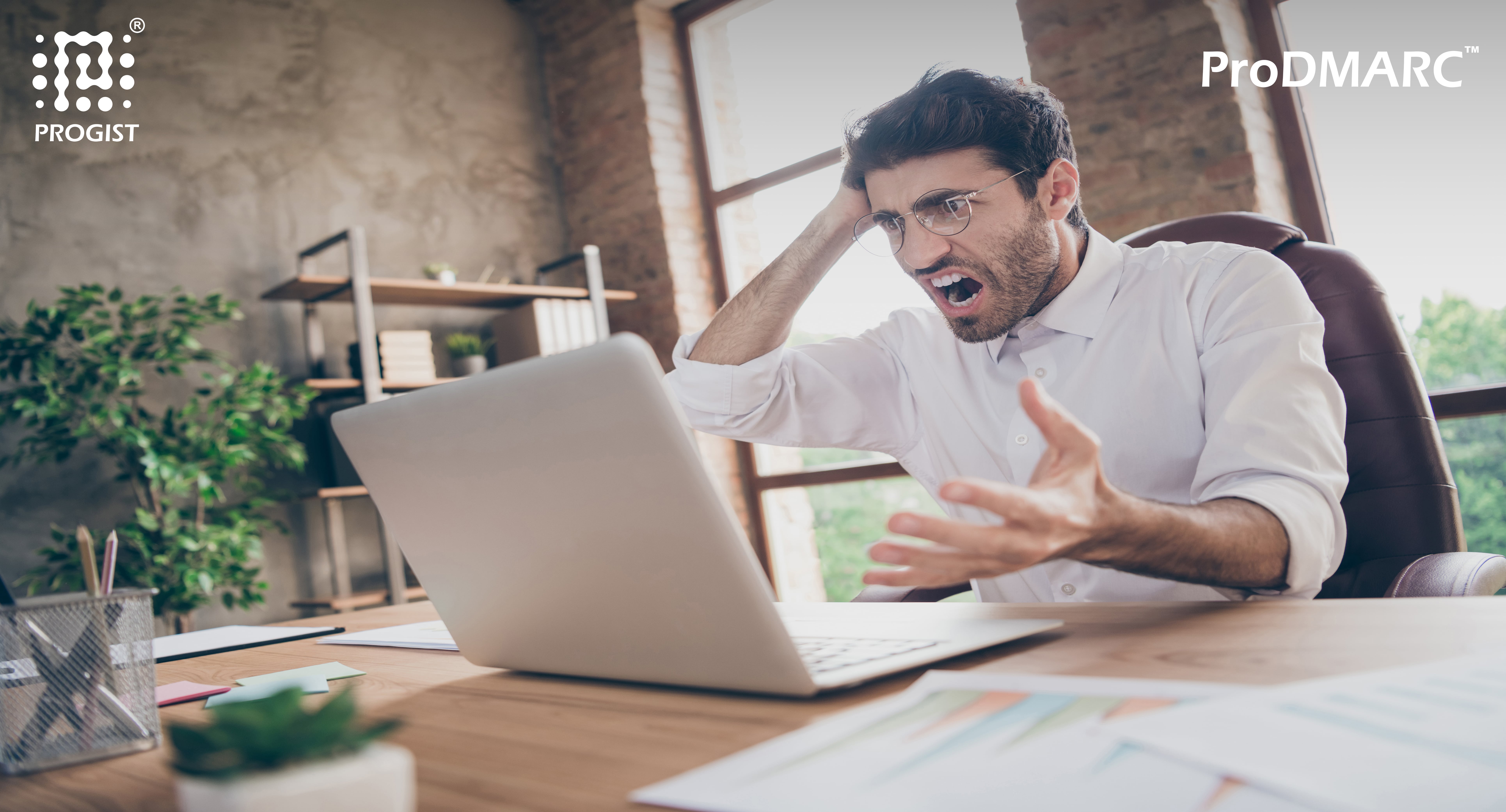Are you frustrated with your emails going to spam? If the answer is yes, then you must check out this article. Here you will explore six ways that can help
Read MoreWhy Are My Emails Going To Spam, And How To Fix It?

Are you frustrated with your emails going to spam? If the answer is yes, then you must check out this article. Here you will explore six ways that can help
Read MoreWhy Are My Emails Going To Spam, And How To Fix It?

DMARC (Domain-based Message Authentication, Reporting, and Conformance) is a method of ensuring the authenticity of an email sent from a specific domain. Regrettably, this critical email security feature is not

DMARC (Domain-based Message Authentication Reporting and Conformance) is an email validation system that prevents your company’s email domain from being exploited for email spoofing, phishing scams, and other forms of

A DMARC record is part of your Domain Name System (DNS) record, which is responsible for routing Internet traffic. Additional information, such as your domain’s DMARC record—a text entry within

Since the early days of the internet, spam has been a persistent and chronic problem. Gary Thuerk of Digital Equipment Corp (DEC) sent the first unsolicited mass e-mailing (later dubbed
Read MoreSPF, DKIM and DMARC: Are they mere acronyms or Useful Email Security?

A DNS txt record published in your public DNS is known as a DMARC record. This is a DMARC record, as indicated by the DMARC version tag. The receiver would
Read MoreWhat does a DMARC record look like and how do I generate it?

Many businesses make the mistake of relying on their consumers or staff to detect and report phishing attacks. This technique, however, is flawed. Around the world, 90% of leading brand

Spam email messages have been a scourge since the Internet’s inception, and they’ve only gotten worse as the number of connected devices and people using the Internet has increased. Despite

Phishing and malware attacks are often carried out via email. According to a May 2016 cyber threat report by an Internet security technology company, the Locky ransomware was solely responsible
Read MoreWhy Should Everybody Use DMARC To Prevent Phishing?

Domain-based Message Authentication Reporting & Conformance, or DMARC, protects an organization’s trusted domains from email spoofing. Due to the exponential growth of email fraud, and the fact that domain spoofing
Read MoreDMARC Deployment Mistakes Companies Make During Implementation